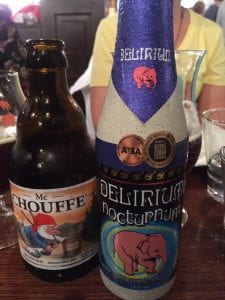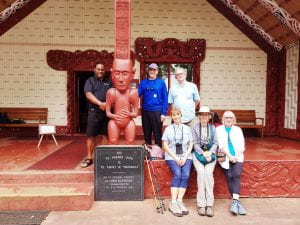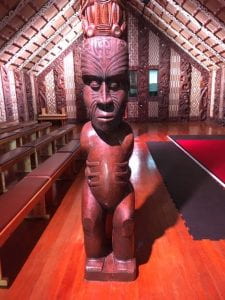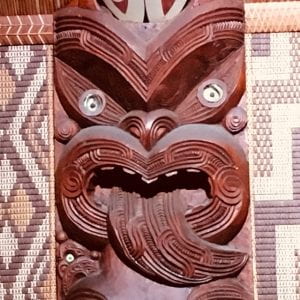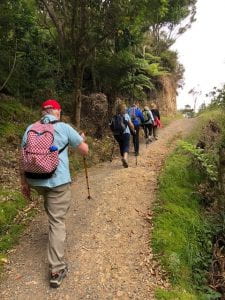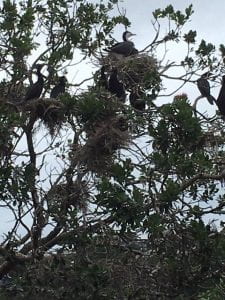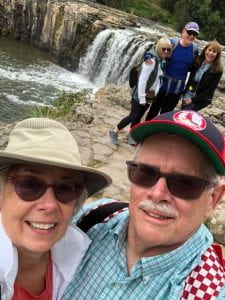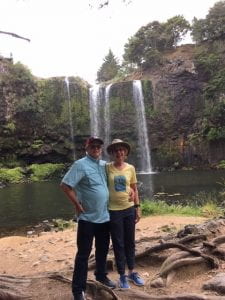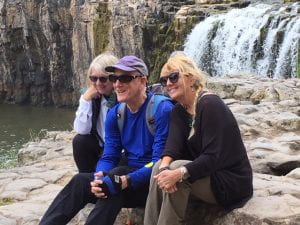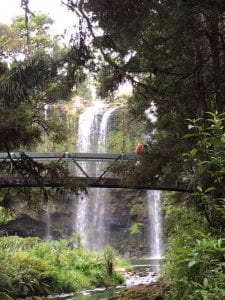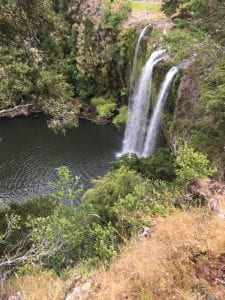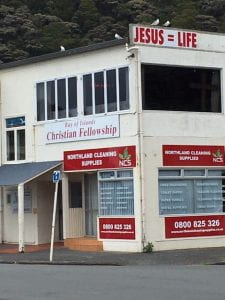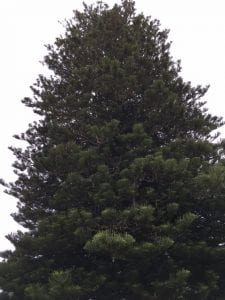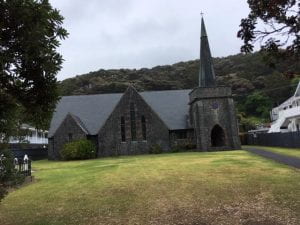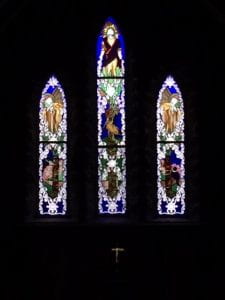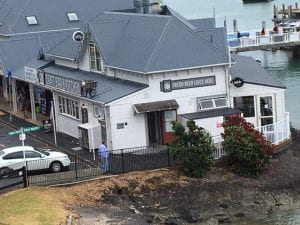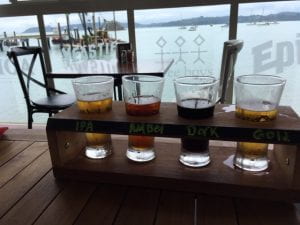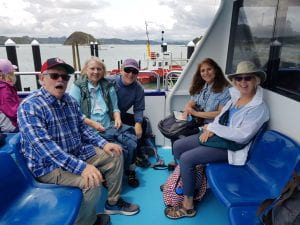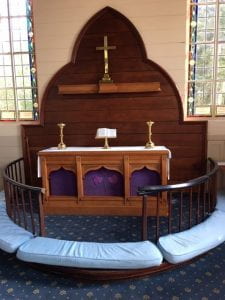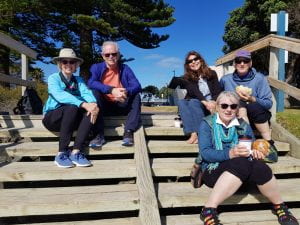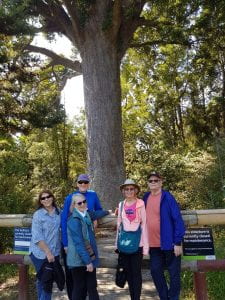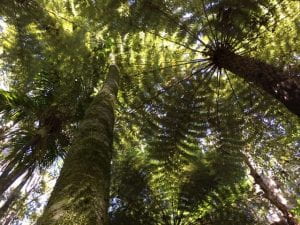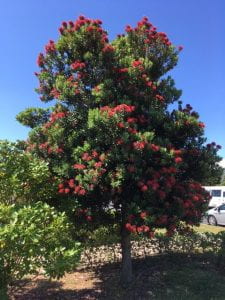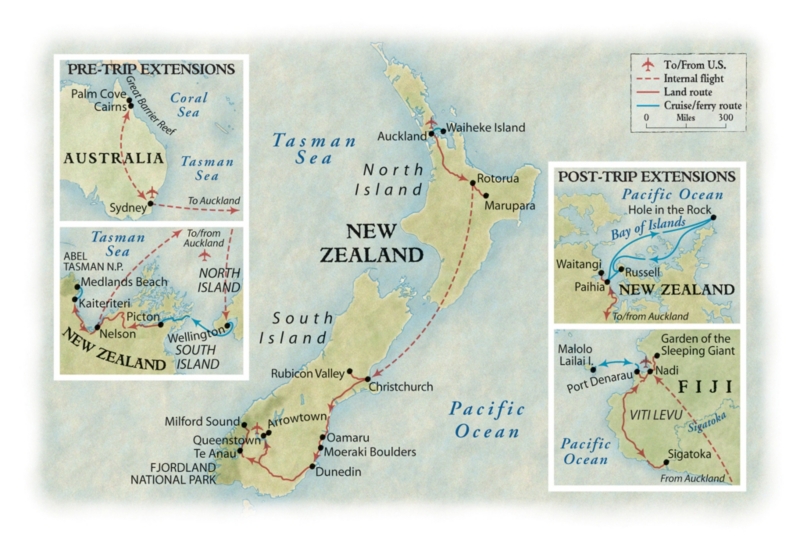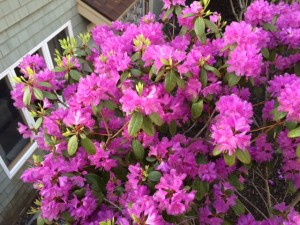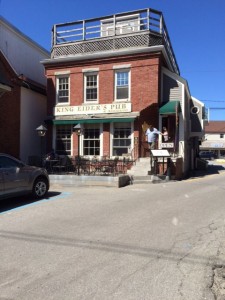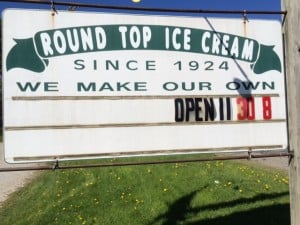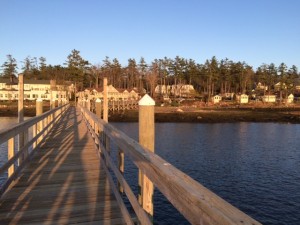On Monday I was fortunate to have speakers come to our hotel to share the gospel of New Zealand. I had contracted a cold on Sunday and in Auckland it took root in my head and chest. I was happy to stay inside while the cold raged inside me and the weather raged rainy and windy outside. 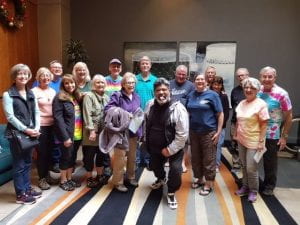
Prince Davis was a Maori chief who was at ground zero of the land disputes with the government from an early age. His family had a claim for land in Auckland and from 1974 to 1976 they participated in outdoor encampments to keep their claims visible and the government on notice. As he reports it, there was not much progress in negotiations at that time, but the government conceded 12 acres in 1987 out of the 1400 his tribe laid claim to. Ultimately the government transferred 14,000 acres to the Maoris, 100 acres in Auckland, offering some consolation to the Maori.
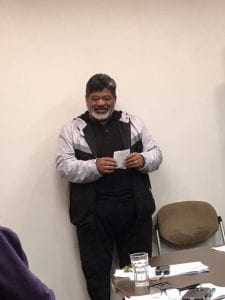
Peace was more prominent in his message to us. He began and ended with a beautiful Maori song about the Creator as our source of love and our obligation to share that love with others. He told us about the Maori creation, which involved the separation of Earth from Sky, by Ra, the illuminator, bringing truth with language. He told us that language connected us to our ancestors and how he felt carried on the shoulders of his ancestors.
Welcome was his message in music and in meandering tales. He was willing to share the bad with the good, but his light-hearted optimism infected everything. We were honored to be his guests.
Steve Abel, an anti-nuclear activist, told a more complex story of New Zealand’s opposition to nuclear weapons. Because it is situated in the corner of the Pacific most subject to nuclear testing, New Zealand has taken a more obstructive position regarding nuclear weapons than its allies. Since 1951 Australia, New Zealand, and the United States have been in military alliance (ANZUS), which compelled each member to consider an attack on one an attack on all. However, with the earliest testing in Christmas Island in 1956, the United States threatened that alliance. In a 1963 petition New Zealand took a standing against nuclear testing as it affected local populations. In 1973 the World Court ruled against the nuclear testing in the south Pacific, but was defied by the French, who continued testing into the 1990’s.
Between 1976 and 1985 the Greenpeace ship “Rainbow Warrior” organized protests of nuclear testing in the south Pacific. On July 10, 1985 the ship was blown up by French intelligence officers in Auckland harbor, pre-empting its protests later that year. The UN required France to pay $8 million in reparations and two intelligence agents were imprisoned for sentences they never served.
Because the U.S. would not certify that the USS Buchanan was nuclear-free, it was not allowed in a NZ harbor. This caused the U.S. to pull back from the ANZUS treaty in July, 1984 until 2016 when a U.S. ship entered NZ waters to rescue earthquake victims. In practice the treaty would have been operative, but the alliance was definitely strained.
Abel’s rather dramatic recounting of New Zealand’s anti-nuclear stance offered a counter-narrative to the historical position of the United States on nuclear testing. It turns out your position on issues is severely affected by your geographical proximity to them.


